[新しいコレクション] simple e coli diagram 173992
Their DNA forms a tangle known as a nucleoid, but there is no membrane around theE coli is a common bacteria that lives in the lower gastrointestinal tract of humans and animals It also can be isolated from water and soil Although most strains are harmless, some strains of E coli are capable of producing powerful toxins that can cause severe illnessCertain strains of E coli produce toxins that damage the colon and cause severe inflammation (colitis) In North America, E coli O157H7 is the most common of these strains, but there are over 100 others These strains are sometimes collectively referred to as enterohemorrhagic E coli (entero means intestinal, and hemorrhagic means bleeding)
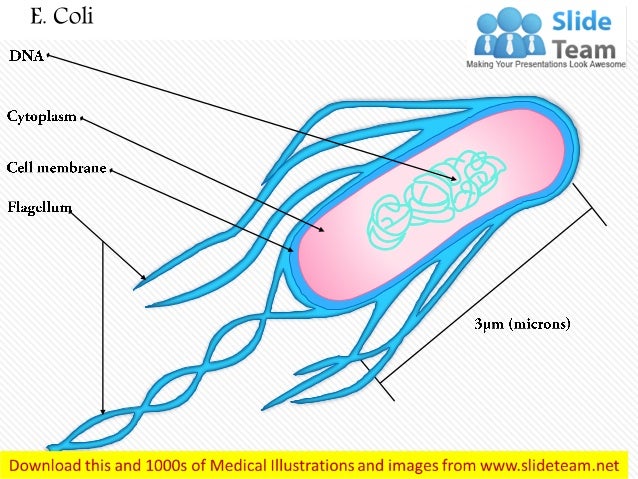
E Coli Medical Images For Power Point
Simple e coli diagram
Simple e coli diagram-Overview Escherichia coli (E coli) is a bacterium that is commonly found in the gut of humans and warmblooded animalsMost strains of E coli are harmless Some strains however, such as Shiga toxinproducing E coli (STEC), can cause severe foodborne disease It is transmitted to humans primarily through consumption of contaminated foods, such as raw or undercooked ground meat products, rawE coli stands for Escherichia coli, a large and diverse group of bacteria that live in the lower intestines of humans and warmblooded animals1 Most strains of Ecoli are not harmful, and are actually important components of a healthy human gut Other types of Ecoli are pathogenic, meaning they can cause illness The types of E coli that can cause illness may be transmitted
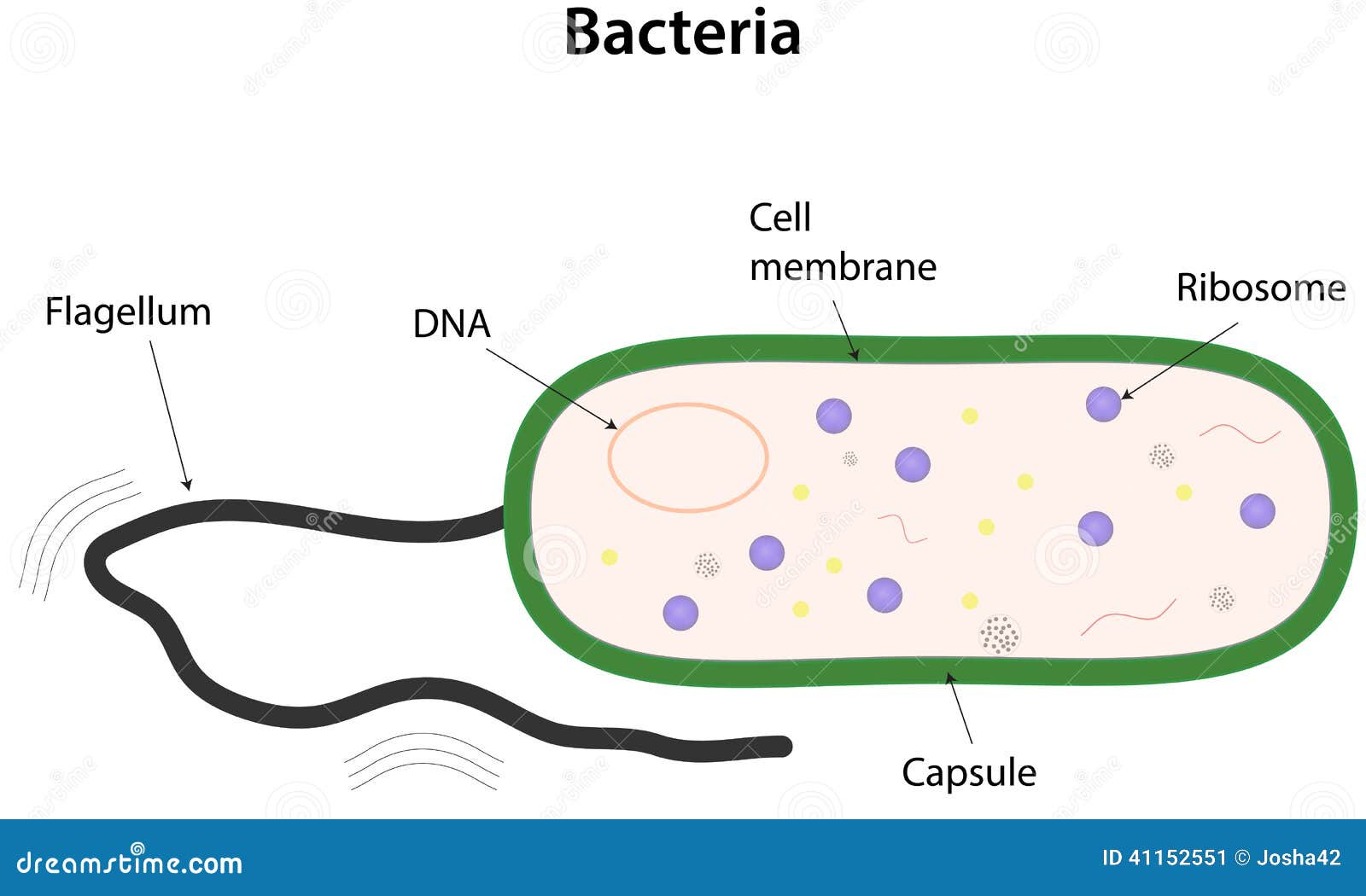


Bacteria Labeled Stock Illustrations 135 Bacteria Labeled Stock Illustrations Vectors Clipart Dreamstime
Overview Escherichia coli (E coli) is a bacterium that is commonly found in the gut of humans and warmblooded animalsMost strains of E coli are harmless Some strains however, such as Shiga toxinproducing E coli (STEC), can cause severe foodborne disease It is transmitted to humans primarily through consumption of contaminated foods, such as raw or undercooked ground meat products, rawIn E coli, two main enzymes that take part in polymerization are DNA polymerase I and DNA polymerase III Of these DNA polymerase III is the main enzyme involved in replication Polymerization involves addition of new nucleotides to a growing strand In addition, there is an enzyme DNA polymerase II which takes part in DNA repairRaw meat may contain Salmonella, E coli, Yersinia, and other bacteria You should not wash raw poultry or meat before cooking it, even though some older recipes may call for this step Washing raw poultry or meat can spread bacteria to other foods, utensils, and surfaces, and does not prevent illness Thoroughly cook poultry and meat
Normally, E coli cells make very little of any of these three proteins but when lactose is available it, causes a large and coordinated increase in the amount of each enzyme Thus each enzyme is an inducible enzyme and the process is called induction;Bacteria More on Morphology A more or less typical bacterium, shown here, is comparatively much simpler than a typical eukaryotic cell View the transmission electron micrograph of a typical bacterium, E coli, below and compare it with the diagram above Bacteria lack the membranebound nuclei of eukaryotes;Use the editor to format your answer
The infection takes place when cyst contaminated water is ingested by human beings E coli occurs in the intestine of 50% of human population Monkeys and apes also share this parasite with man Pathogenesis Occasionally red blood corpuscles are reported from the food vacuoles of E coli Cysts are found to occur in the stools of diarrhoeicTheir DNA forms a tangle known as a nucleoid, but there is no membrane around theBacteria More on Morphology A more or less typical bacterium, shown here, is comparatively much simpler than a typical eukaryotic cell View the transmission electron micrograph of a typical bacterium, E coli, below and compare it with the diagram above Bacteria lack the membranebound nuclei of eukaryotes;



Multigene Editing In The Escherichia Coli Genome Via The Crispr Cas9 System Applied And Environmental Microbiology
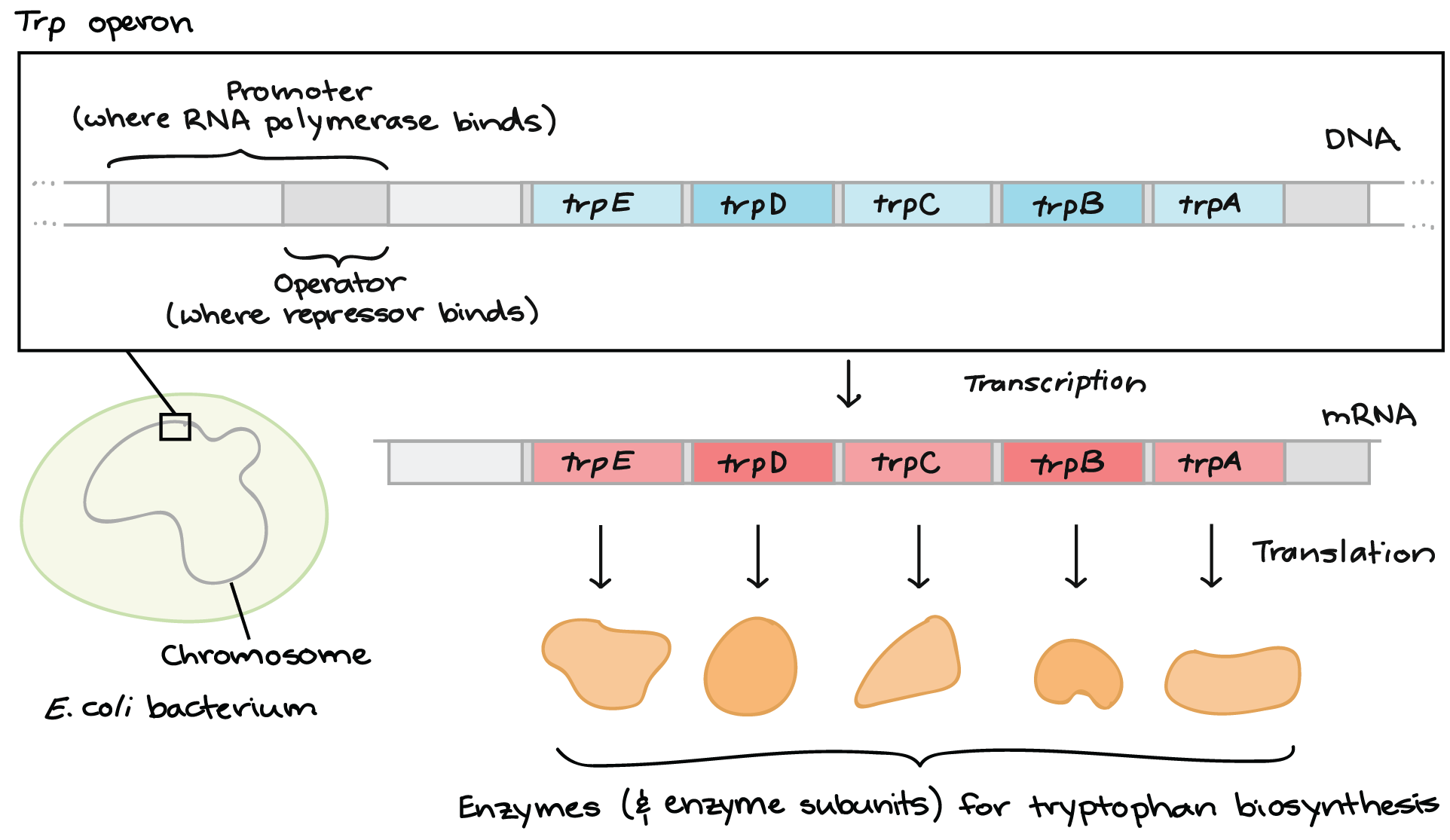


The Trp Operon Article Khan Academy
Escherichia coli (/ ˌ ɛ ʃ ə ˈ r ɪ k i ə ˈ k oʊ l aɪ /), also known as E coli (/ ˌ iː ˈ k oʊ l aɪ /), is a Gramnegative, facultative anaerobic, rodshaped, coliform bacterium of the genus Escherichia that is commonly found in the lower intestine of warmblooded organisms (endotherms) Most E coli strains are harmless, but some serotypes (EPEC, ETEC etc) can cause serious foodDr Gurmukh Singh answered See the picture E coli are microscopic organisms and as such are not visible to naked eye The colonies of e coli are tan in color as shown in the attache picture 3 doctors agree 0 0 comment 5Escherichia coli Four different strains of Escherichia coli on Endo agar with biochemical slope Glucose fermentation with gas production, urea and H 2 S negative, lactose positive (with exception of strain D "late lactose fermenter";


Flagellum Wikipedia



Escherichia Coli Osmosis
Instead, their genetic material floats uncoveredThey have taken Ecoli as the model organism and two different isotopes, N15 and N14 The N15 is the heavier isotope, whereas N14 is the lighter or common isotope of nitrogen Meselson and Stahl performed their experiment by first growing the Ecoli in the medium containing 15 NH 4 Cl for several generationsBacteria More on Morphology A more or less typical bacterium, shown here, is comparatively much simpler than a typical eukaryotic cell View the transmission electron micrograph of a typical bacterium, E coli, below and compare it with the diagram above Bacteria lack the membranebound nuclei of eukaryotes;


Engineering Replication Growth And Division Deficient E Coli For Safe Stable And Efficient Function Murraywiki



Bacteria Definition Structure Diagram Classification
E coli strain is taken out of a freezer and thawed This vial is sometimes referred to as an inoculum vial and its' contents is known as an inoculum After thawing, the inoculum is transferred in a sterile manner to a shake flask containing growth media This process is known as inoculation For E coli, the initial pH of the media isE coli is a Gramnegative rodshaped bacteria, which possesses adhesive fimbriae and a cell wall that consists of an outer membrane containing lipopolysaccharides, a periplasmic space with a peptidoglycan layer, and an inner, cytoplasmic membrane Some strains are piliated and capable of accepting and transferring plasmid to and from otherWhat kind of intermolecular chemical bond is this?



From Bugs To Bioplastics Total Dihydrocarvide Biosynthesis By Engineered Escherichia Coli Ascue Avalos 19 Chembiochem Wiley Online Library



Determining The Best Method To Detect E Coli Starfish Medical
All of the following are statements describing Escherichia coli except one Find the false statement A Escherichia coli is Gram positive coccus B Most samples of mammalian feces contain some Ecoli C E coli can grow on MacConkey agarTheir DNA forms a tangle known as a nucleoid, but there is no membrane around theOverview Escherichia coli (E coli) is a bacterium that is commonly found in the gut of humans and warmblooded animalsMost strains of E coli are harmless Some strains however, such as Shiga toxinproducing E coli (STEC), can cause severe foodborne disease It is transmitted to humans primarily through consumption of contaminated foods, such as raw or undercooked ground meat products, raw
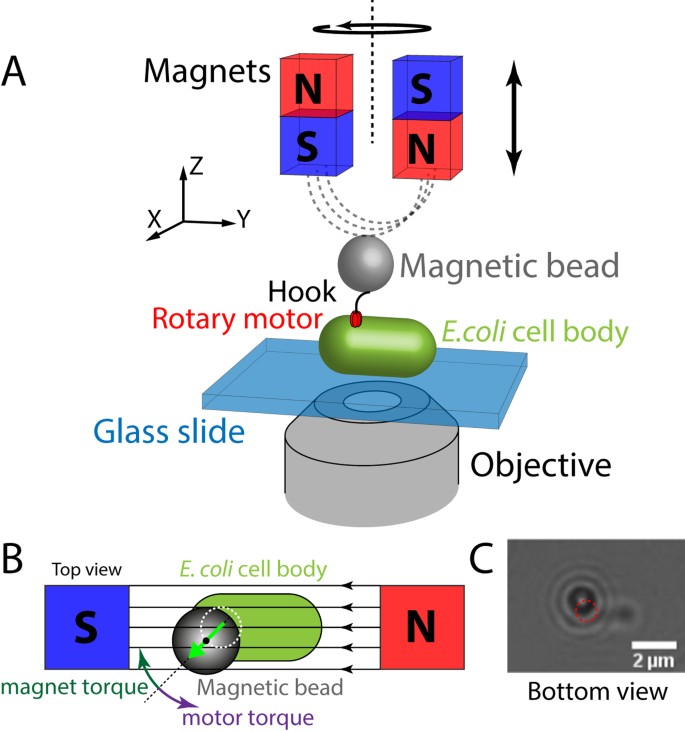


Applying Torque To The Escherichia Coli Flagellar Motor Using Magnetic Tweezers Scientific Reports



Fast Detection Of Pathogenic Escherichia Coli From Chicken Meats Intechopen
Escherichia coli, often abbreviated E coli, are rodshaped bacteria that tend to occur individually and in large clumps E coli are classified as facultative anaerobes, which means that they grow best when oxygen is present but are able to switch to nonoxygendependent chemical processes in the absence of oxygenDiagram of e coli A member asked what is esbl e coli?Dr Gurmukh Singh answered See the picture E coli are microscopic organisms and as such are not visible to naked eye The colonies of e coli are tan in color as shown in the attache picture 3 doctors agree 0 0 comment 5


Koffas Group Research
/cdn.vox-cdn.com/uploads/chorus_asset/file/7724917/Artboard_1.jpg)


Crispr One Of The Biggest Science Stories Of The Decade Explained Vox
Enteroaggregative E coli (EAEC) are a heterogeneous collection of strains characterized by their autoagglutination in a "stackedbrick" arrangement over the epithelium of the small intestine and, in some cases, the colon That is, it is so named because it adheres to HEP2 cells in a distinct pattern, layering of the bacteria aggregated in a stackedbrick fashionMurNAc is unique to bacterial cell walls, as is Dglu, DAP and Dala The muramic acid subunit of E coli is shown in Figure 16 below Figure 16 The structure of the muramic acid subunit of the peptidoglycan of Escherichia coli This is the type of murein found in most Gramnegative bacteriaIn the case of E Coli, these signals must be E Coli signals as E Coli is unlikely to understand the signals of human promoters and terminators Problems are encountered if the gene contains introns or contains signals which act as terminators to a bacterial host This results in premature termination, and the recombinant



What Is Genetic Engineering Facts Yourgenome Org



11 Microbial Nutrition Biology Libretexts
E coli is described as a Gramnegative bacterium This is because they stain negative using the Gram stain The Gram stain is a differential technique that is commonly used for the purposes of classifying bacteriaEcoli (EPEC) was historically recognized on the basis of serotypes su as O55H6 and O127H6 They are currently defined as those diarrheagenic Ecoli strains Enterohemorrhagic Ecoli the ability to cause a disease of the large intestine that may present as simple watery diarrhea and then progress to bloody stools with ulcerations of theE coli is a bacterium that normally dwells in the intestines of both animals and humans However, there are certain types of E coli, specially E coli 0157H7, that are known to cause intestinal infection, which would lead to cramps, vomiting, and bloody diarrheaE coli is also called Escherichia coli
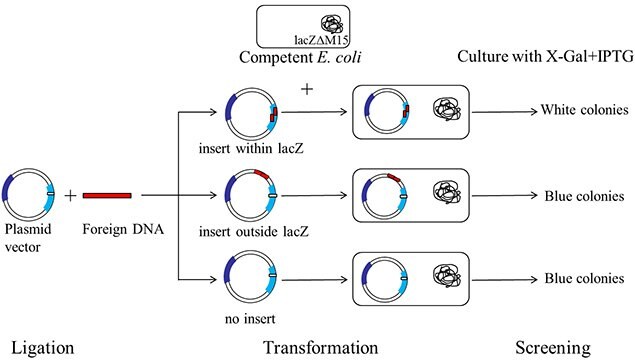


Blue White Screening Protocols For Colony Selection Sigma Aldrich



Choice Of Vector E Coli Vectors Vector Features Embl
A plasmid is a small, extrachromosomal DNA molecule within a cell that is physically separated from chromosomal DNA and can replicate independently They are most commonly found as small circular, doublestranded DNA molecules in bacteria;C Escherichia coli (E coli) is the major species in the fecal coliform group Of the five general groups of bacteria that comprise the total coliforms, only E coli is generally not found growing and reproducing in the environment Consequently, E coli is considered to be the species of coliform bacteria that is the best indicator of fecalE coli are rodshaped bacterium that has an outer membrane consisting of lipopolysaccharides, inner cytoplasmic membrane, peptidoglycan layer, and an inner, cytoplasmic membrane Cell wall this structure is made of a thick layer of protein and sugar that prevents the cell from bursting Plasma membrane this structure is made of lipids and proteins and is used to control the movement of molecules in and out the cell



Bacteria Labeled Stock Illustrations 135 Bacteria Labeled Stock Illustrations Vectors Clipart Dreamstime
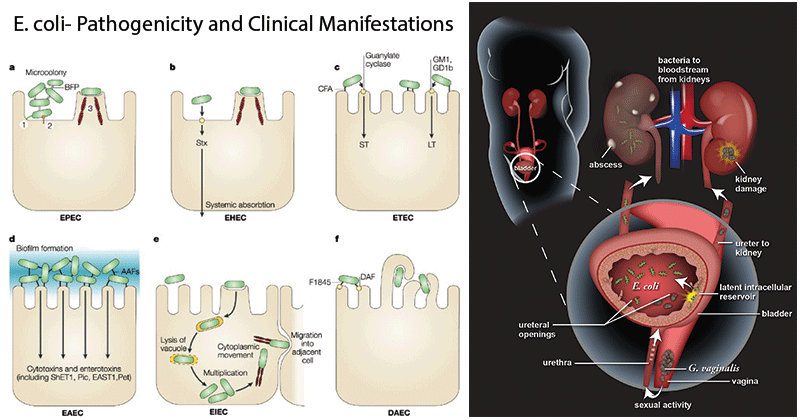


Escherichia Coli E Coli An Overview Microbe Notes
EColi phage T7 DNA replicates as a linear molecule The origin is located 17% of the total distance from the left end of the molecule and replication is bidirectional Initially, there is a single replication bubble (moleculeI), and when the leftward fork reaches the terminus, the molecules assume a "Y"form (moleculeIII)On Endo agar it looks like lactose negative)All four strains are mannitol positive (best seen in fig D), cellobiose negative (strains A, B)E Coli reproduce by binary fission and conjugation ("the transfer of genetic material through a sex pilus") The most prevalent reproduction for E Coli is asexual reproduction which takes place when the E Coli is undergoing binary fission This type of reproduction begins with the replication of one DNA molecule



Bacteria Definition Shapes Characteristics Types Examples



Howstuffworks How Cells Work
The structure of bacteria is known for its simple body design Ecoli or Escherichia coli produces about 2 million bacteria every 7 hours Bacterial reproduction is strictly asexual, but it can undergo sexual reproduction in very rare cases bacteria diagram, classification of bacteria, and reproduction in bacteria keep visiting BYJUWhat is E Coli?Escherichia coli (E coli) is a bacteria that normally is an important part of the healthy intestinal tracts of humans and animals However, there are some kinds of E coli that are harmful and can cause disease The most common type of E coli infection that causes illness in people is called E coli O157,



Pin On Photoshop Png



Prokaryotic Translation Biology For Majors I
However, plasmids are sometimes present in archaea and eukaryotic organismsIn nature, plasmids often carry genes that benefit the survival of the organismE coli stands for Escherichia coli, a large and diverse group of bacteria that live in the lower intestines of humans and warmblooded animals1 Most strains of Ecoli are not harmful, and are actually important components of a healthy human gut Other types of Ecoli are pathogenic, meaning they can cause illness The types of E coli that can cause illness may be transmittedEcoli (EPEC) was historically recognized on the basis of serotypes su as O55H6 and O127H6 They are currently defined as those diarrheagenic Ecoli strains Enterohemorrhagic Ecoli the ability to cause a disease of the large intestine that may present as simple watery diarrhea and then progress to bloody stools with ulcerations of the
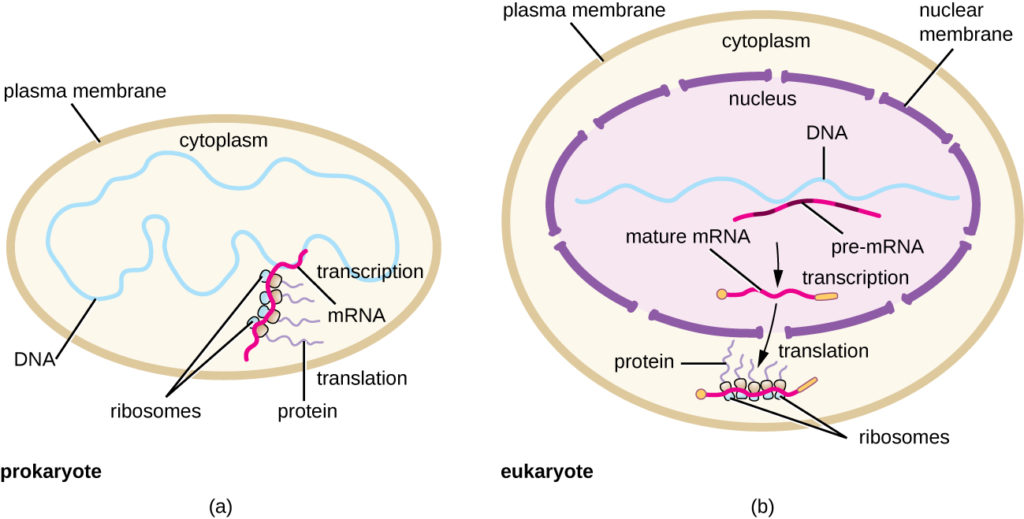


Prokaryotic Translation Biology For Majors I



The Effect Of Uv Light On The Cacl2 Peg 3350 Dmso Transformation Buffer For Crispr Cas9 Edited E Coli Young Scientists Journal
Enteroaggregative E coli (EAEC) are a heterogeneous collection of strains characterized by their autoagglutination in a "stackedbrick" arrangement over the epithelium of the small intestine and, in some cases, the colon That is, it is so named because it adheres to HEP2 cells in a distinct pattern, layering of the bacteria aggregated in a stackedbrick fashionJane Buckle PhD, RN, in Clinical Aromatherapy (Third Edition), 15 VancomycinResistant Escherichia coli Escherichia is a gramnegative bacterium, which under the microscope is shaped like a rod with a small tail It is widely distributed in nature (Brooker 08)Escherichia coli (E coli) is part of the normal intestinal flora Some strains are pathogenic and can cause gastroenteritis, UTIBenefits of Escherichia Coli Escherichia coli refer to a probiotic that assists in treating symptoms of IBS like ulcerative colitis Different from other pathogenic forms of Escherichia coli, its probiotic form is beneficial to the body Some of the advantages offered by E coli include enhancing reproductive, digestive and immune health


Gene Control



Lab Evolved E Coli Consume Carbon Dioxide The Scientist Magazine
The depicted type of flagellum is found in bacteria such as E coli and Salmonella, and rotates like a propeller when the bacterium swims The bacterial movement can be divided into 2 kinds run , resulting from a counterclockwise rotation of the flagellum, and tumbling , from a clockwise rotation of the flagellumBiology Of E Coli E coli (Escherichia coli) are a small, Gramnegative species of bacteriaMost strains of E coli are rodshaped and measure about μm long and 0210 μm in diameterThey typically have a cell volume of 0607 μm, most of which is filled by the cytoplasm Since it is a prokaryote, E coli don't have nuclei;Discuss or draw a labeled diagram to show the ultrastructure of Escherichia coli Use the editor to format your answer Question 2 Why can two water molecules stick to each other?



Ib Biology 2 2 1 How To Draw E Coli Youtube



E Coli Medical Images For Power Point
E coli is a bacterium that normally dwells in the intestines of both animals and humans However, there are certain types of E coli, specially E coli 0157H7, that are known to cause intestinal infection, which would lead to cramps, vomiting, and bloody diarrheaE coli is also called Escherichia coliE Coli reproduce by binary fission and conjugation ("the transfer of genetic material through a sex pilus") The most prevalent reproduction for E Coli is asexual reproduction which takes place when the E Coli is undergoing binary fission This type of reproduction begins with the replication of one DNA moleculeMurNAc is unique to bacterial cell walls, as is Dglu, DAP and Dala The muramic acid subunit of E coli is shown in Figure 16 below Figure 16 The structure of the muramic acid subunit of the peptidoglycan of Escherichia coli This is the type of murein found in most Gramnegative bacteria


How Big Is An E Coli Cell And What Is Its Mass
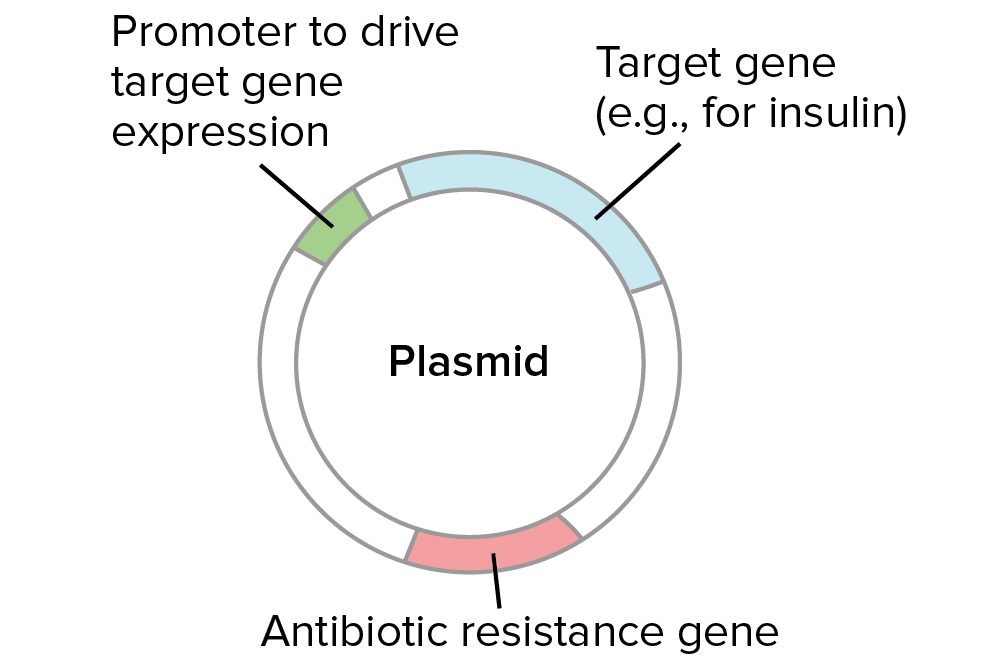


Bacteria And Archaea Biology Library Science Khan Academy
What kind of intermolecular chemical bond is this?Structure And Function Of A Ecoli Bacteria E coli is a rodshaped bacterium The peptidoglycan cell wall is thin and multilayered There is a thin peptidoglycan layer placed between the inner cytoplasmic membrane, and the outer membrane The outer membrane is surrounded by the capsule layer which is composed of polysaccharides The flagellum of E coli consists of three distinct parts the filament, the hook and the basal body all of which are made up of different types of proteinsWhat is E Coli?



Bioknowledgy 1 2 Ultrastructure Of Cells
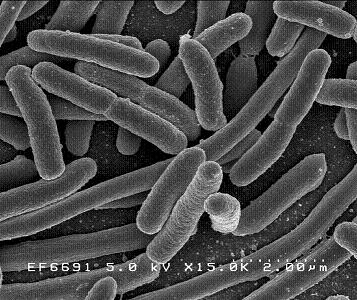


Escherichia Coli Microbewiki
Discuss or draw a labeled diagram to show the ultrastructure of Escherichia coli Use the editor to format your answer Question 2 Why can two water molecules stick to each other?Use the editor to format your answerThe mechanism is that the few molecules of ßgalactosidase in the cell before induction convert the lactose to allolactose which then turns



E Coli O157 H7 Procedure For Isolation And Identification From



Attributable Sources Of Community Acquired Carriage Of Escherichia Coli Containing B Lactam Antibiotic Resistance Genes A Population Based Modelling Study The Lancet Planetary Health
This animation shows how pathogenic E coli bacteria bind to intestinal cells Although most Escherichia coli (E coli) bacteria are harmless, certain pathogenic strains can infect the human intestinal tract, causing severe diarrhea and even deathThe animation illustrates how a pathogenic E coli bacterium uses a series of proteins to attach itself to a human intestinal epithelial cellEscherichia coli is probably the bestknown bacterial species and one of the most frequently isolated organisms from clinical specimens Despite this, underappreciation and misunderstandings exist among medical professionals and the lay public alike regarding E coli as an extraintestinal pathogenDiagram of e coli A member asked what is esbl e coli?



Phenotype Inference In An Escherichia Coli Strain Panel Elife



Bacterial Flagella Structure Importance And Examples Of Flagellated Bacteria Learn Microbiology Online
Draw along as I draw an Ecoli bacterium Marvel at my skills Go to the accompanying slideshow at http//wwwslidesharenet/jasondenys/ibbiology22prokary



1 2 Pmg Biology


Pathogenic Em E Coli Em Ecl The Escherichia Coli Laboratory



Prokaryotic Cells Bioninja



Basic Biology Of Oral Microbes Sciencedirect
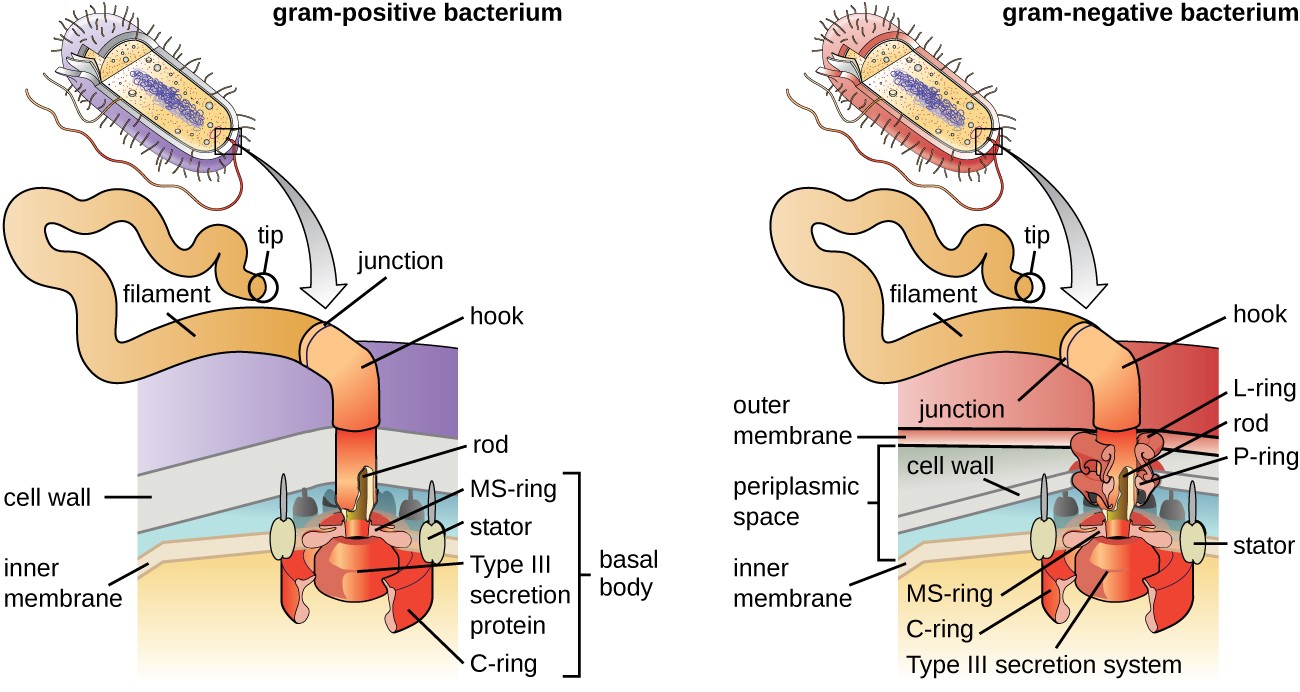


Unique Characteristics Of Prokaryotic Cells Microbiology


Structure And Function Of Bacterial Cells


E Coli Student Portal Anaerobic Respiration
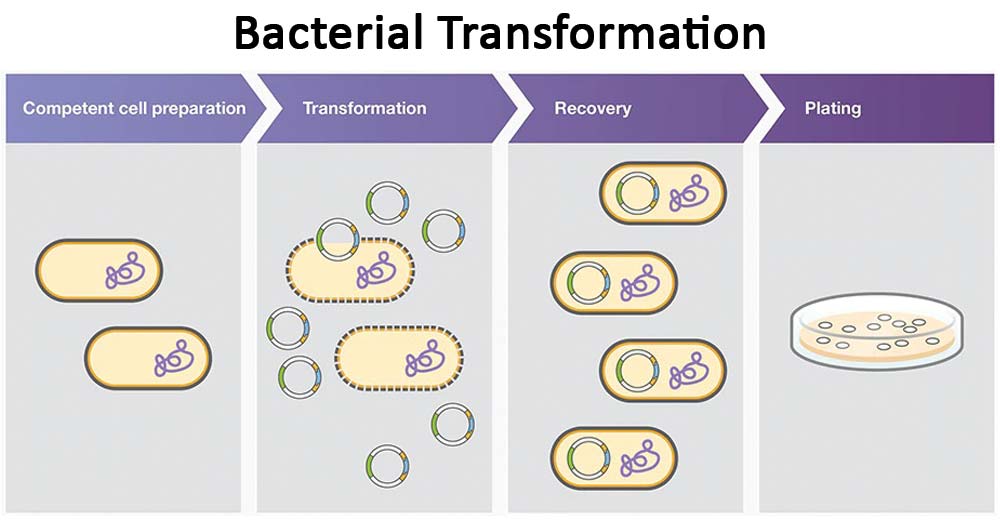


Bacterial Transformation Definition Principle Steps Examples



Simple Regression Showing The Relationship Between Growth During The Download Scientific Diagram


Q Tbn And9gcqksoeyhk0r7phnhaimry3xpw1noc8z1ifj7d7yysogp61j 26c Usqp Cau



E Coli Mind Map On Meducation



Francis Villatoro Response To Comment On Rna Guided Dna Insertion With Crispr Associated Transposases T Co Fawfg4uayn The Integration Of The Donor Plasmid By Shcast Mediated Insertions In Escherichia Coli Can Be Avoided By Use



Escherichia Coli Wikipedia



Deactivation Of E Coli In Water Using Fe3 Saturated Montmorillonite Impregnated Filter Paper Science Of The Total Environment X Mol



Cloning Of Human Insulin



Strategies For Optimization Of Heterologous Protein Expression In E Coli Roadblocks And Reinforcements Sciencedirect



Prokaryotic Cell Definition Examples Structure Biology Dictionary



Bacteria What Is Microbiology Microbiology Society


Plos One A Simple And Dual Expression Plasmid System In Prokaryotic E Coli And Mammalian Cells



Response Of Escherichia Coli Growth Rate To Osmotic Shock Pnas
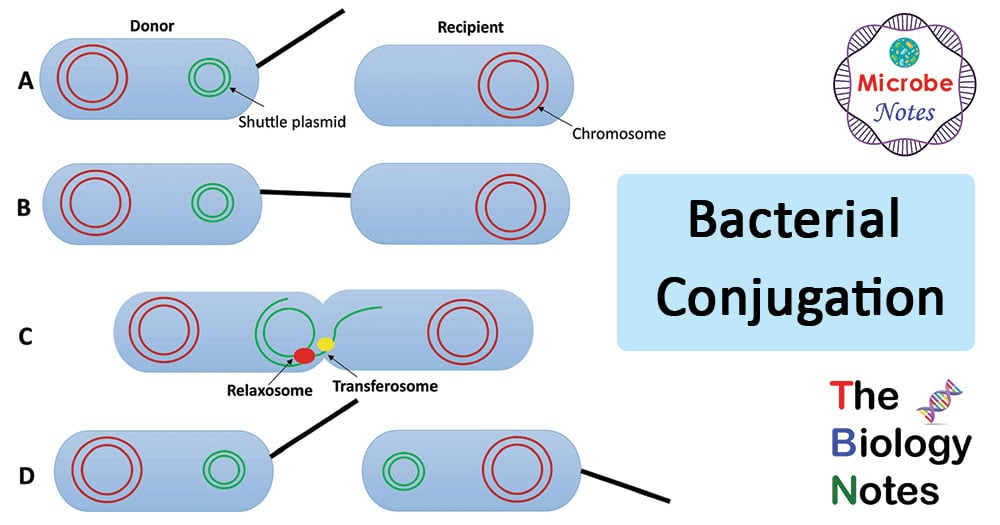


Bacterial Conjugation Definition Principle Process Examples



Engineering Escherichia Coli Coculture Systems For The Production Of Biochemical Products Pnas
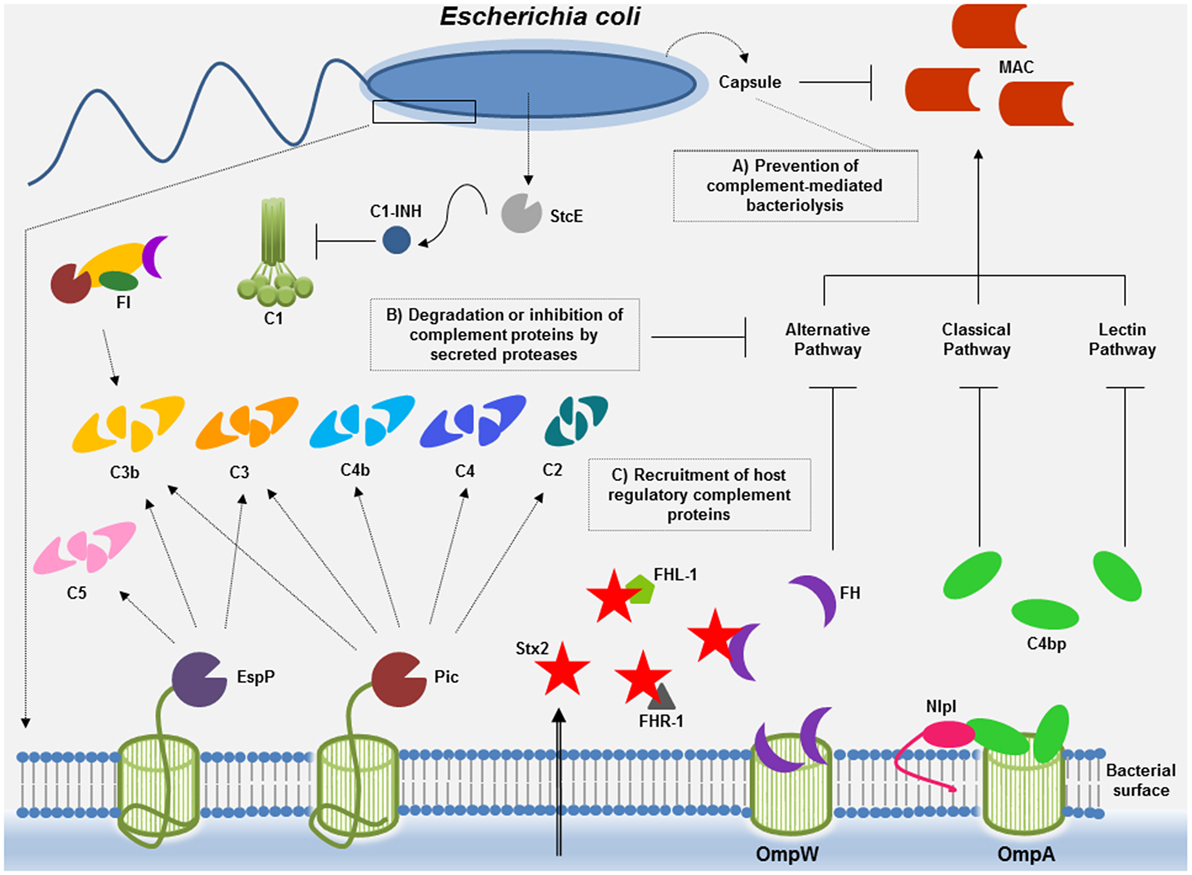


Frontiers How Escherichia Coli Circumvent Complement Mediated Killing Immunology


Q Tbn And9gctu1fjs7uwixvkycswnzzsdlru8hj9qornkid1du9 Jkvpn 0ku Usqp Cau


Proposed Simple Chemical Reaction Network Of Existing Biological E Coli Signaling Data Lobachevsky University


What Is Bacterial Endotoxin Wako Lal System



Metabolic Engineering Of Escherichia Coli For Shikimate Pathway Derivative Production From Glucose Xylose Co Substrate Nature Communications



Environmental And Genetic Determinants Of Plasmid Mobility In Pathogenic Escherichia Coli Science Advances


Structure And Function Of Bacterial Cells
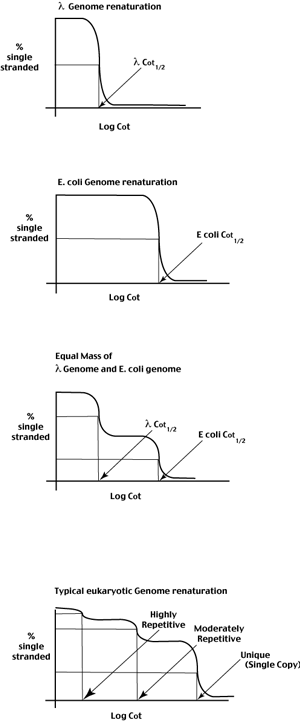


Biology 335 Lecture Notes Recdna Renaturing



Dissecting The Control Mechanisms For Dna Replication And Cell Division In E Coli Sciencedirect


Q Tbn And9gcrwp9iab15bxijw 5wvncw6fehqvnivw9zis Zux Ogbw9t769g Usqp Cau



Prokaryotes Have A Simple Cell Structure Without Compartmentalization Diagram Quizlet
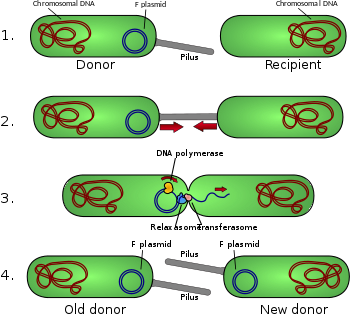


Bacterial Conjugation Wikipedia



Dna Replication Microbiology



Recombinant Vaccine



Simple Staining Principle Procedure And Results Learn Microbiology Online


What Is The Mutation Rate During Genome Replication
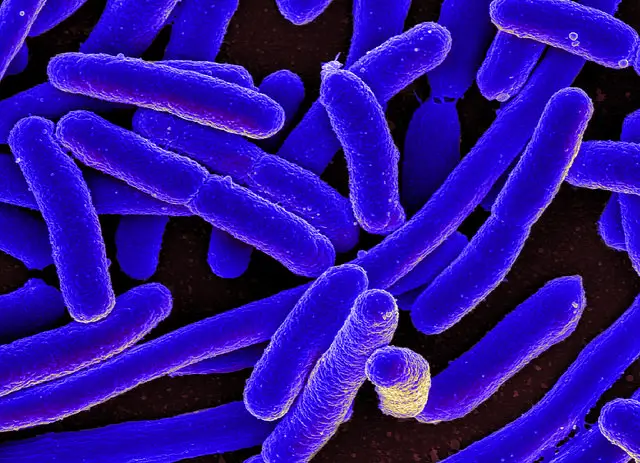


E Coli Under The Microscope Types Techniques Gram Stain Hanging Drop Method



Drawing Of E Coli Google Search


Bacteria Chromosome Replication E Coli Immunology Microbiology Flashcards Draw It To Know It


E Coli Chemotaxis
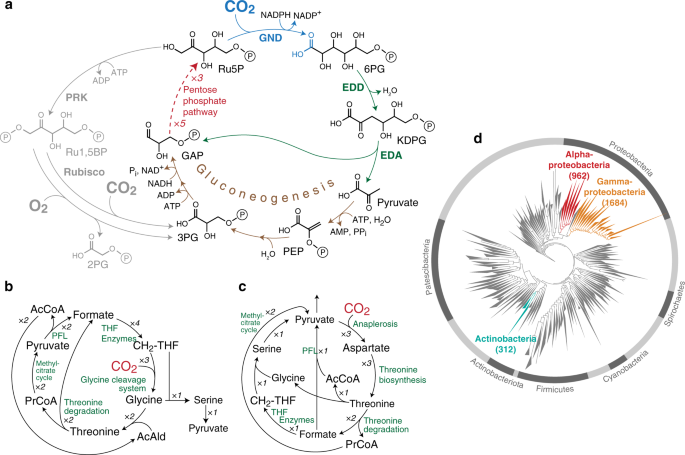


Awakening A Latent Carbon Fixation Cycle In Escherichia Coli Nature Communications



Sarah Hammarlund We Hope That This Work Can Help Efforts To Design Stable Communities Of Mutualistic Bacteria Where We Want To Preserve Diversity And Functional Redundancy It Could Also Help
/what-are-prokaryotes-and-eukaryotes-129478-v41-5b69b4c546e0fb0025628d06.png)


What Are The Differences Between Prokaryotes And Eukaryotes



Bacterial Inclusion Bodies A Treasure Trove Of Bioactive Proteins Trends In Biotechnology



Bacteria Definition Structure Diagram Classification



Coliform In Drinking Water Washington State Department Of Health



Escherichia Coli As A Model Organism And Its Application In Biotechnology Intechopen



An Engineered Escherichia Coli Strain With Synthetic Metabolism For In Cell Production Of Translationally Active Methionine Derivatives Schipp Chembiochem Wiley Online Library



Cell Free Biotech Could Drive Covid 19 Therapeutics Cornell Chronicle
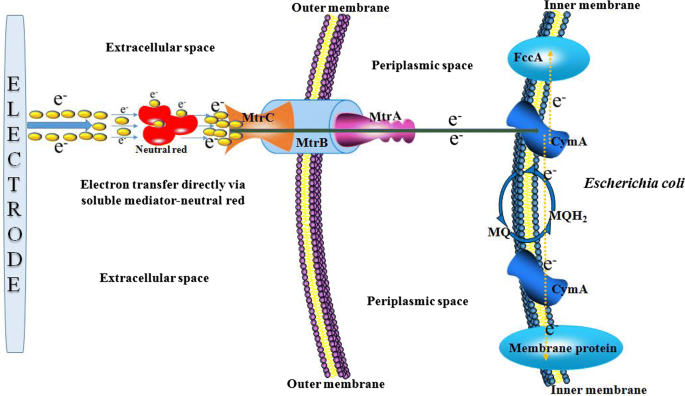


Engineering An Electroactive Escherichia Coli For The Microbial Electrosynthesis Of Succinate From Glucose And Co 2 Microbial Cell Factories Full Text
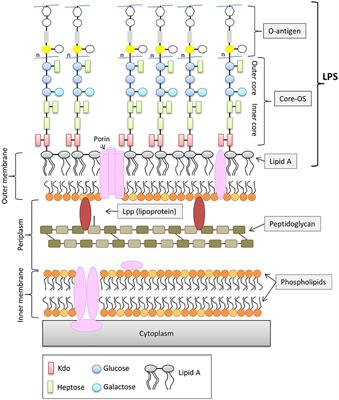


Frontiers The Role Of Outer Membrane Proteins And Lipopolysaccharides For The Sensitivity Of Escherichia Coli To Antimicrobial Peptides Microbiology
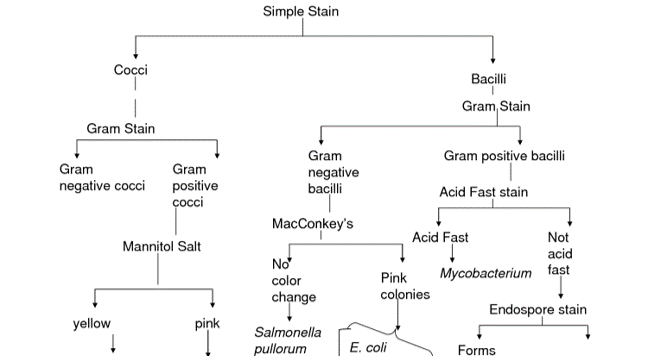


Solved Create A Dichotomous Key For The Identification Of Chegg Com



2 2 1 Draw And Label A Diagram Of The Ultrastructure Of Ecoli As An Example Of A Prokaryote Youtube



Blue Light Is A Universal Signal For Escherichia Coli Chemoreceptors Journal Of Bacteriology


Q Tbn And9gcryspscpkbrskownf I0ci 8xxupwutobahu1uiequuopeqr4jz Usqp Cau


Pathogenesis Ecl The Escherichia Coli Laboratory
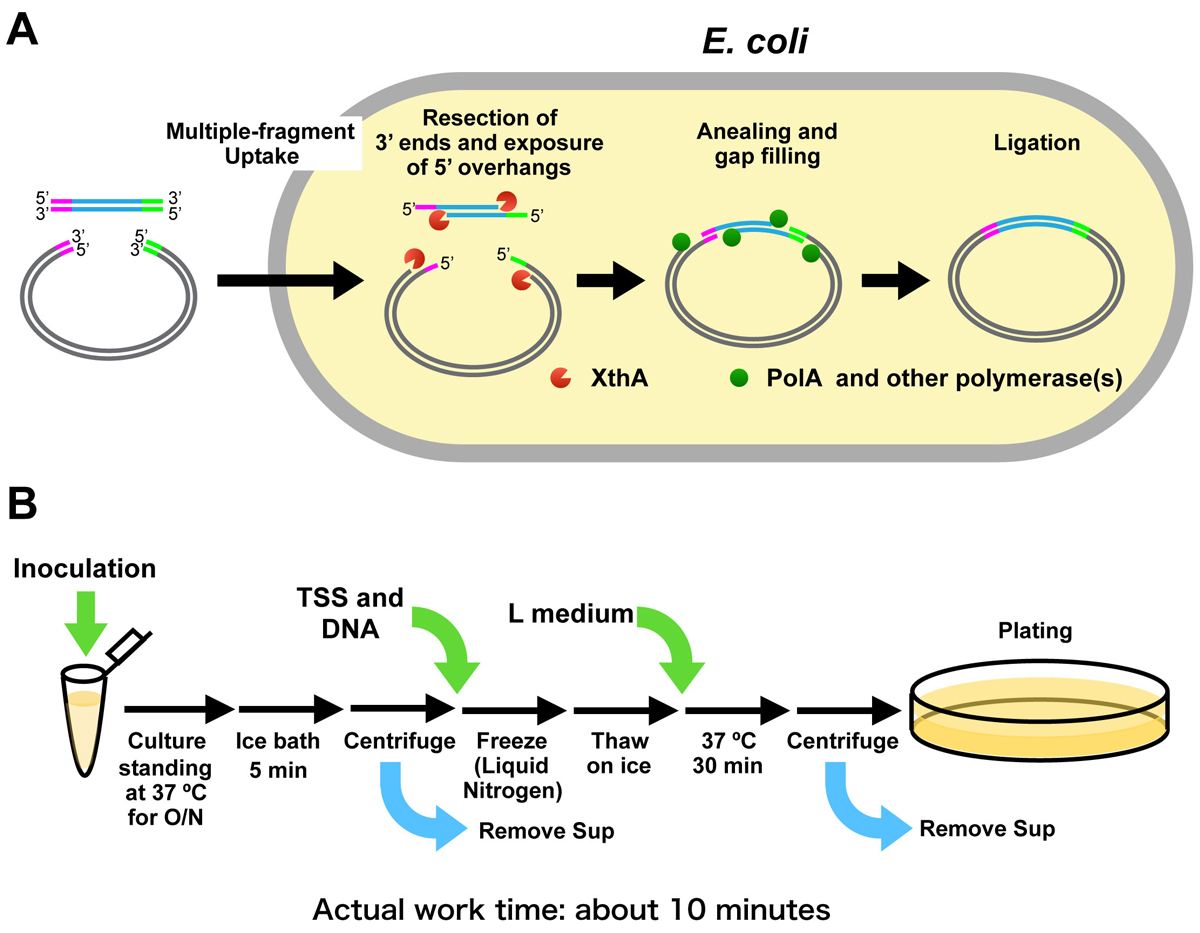


Mechanism Of I In Vivo I Dna Cloning In I Escherichia Coli I National Institute Of Genetics



Ib Hl 1 2 S1



Spatiotemporal Pattern Formation In E Coli Biofilms Explained By A Simple Physical Energy Balance Soft Matter Rsc Publishing



Ib Biology 2 2 1 How To Draw E Coli Youtube


Escherichia Coli



Overview Of Protein Expression Systems Thermo Fisher Scientific Us


Www Cell Com Cell Systems Pdf S2405 4712 17 8 Pdf



2 Reconstruction Of The E Coli Ribosome A Reconstructions From Download Scientific Diagram
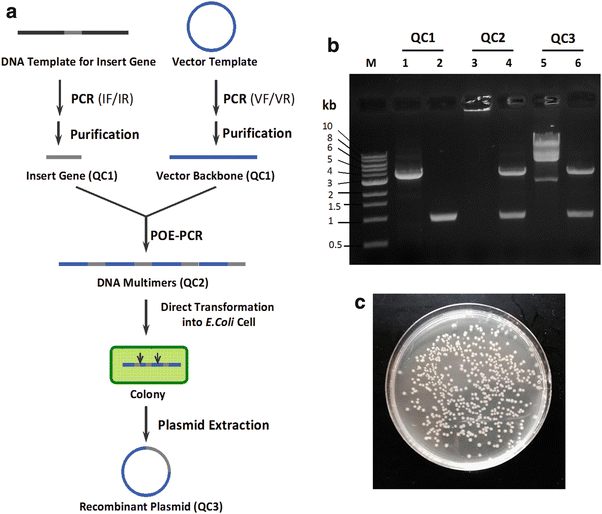


Simple Cloning By Prolonged Overlap Extension Pcr With Application To The Preparation Of Large Size Random Gene Mutagenesis Library In Escherichia Coli Springerlink
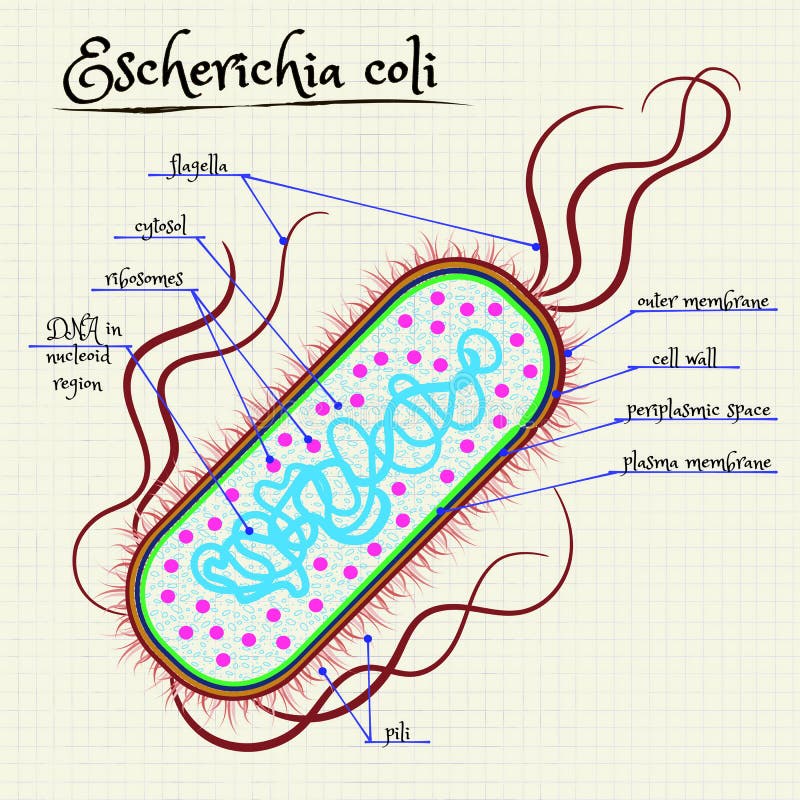


Escherichia Coli Stock Illustrations 1 214 Escherichia Coli Stock Illustrations Vectors Clipart Dreamstime


コメント
コメントを投稿